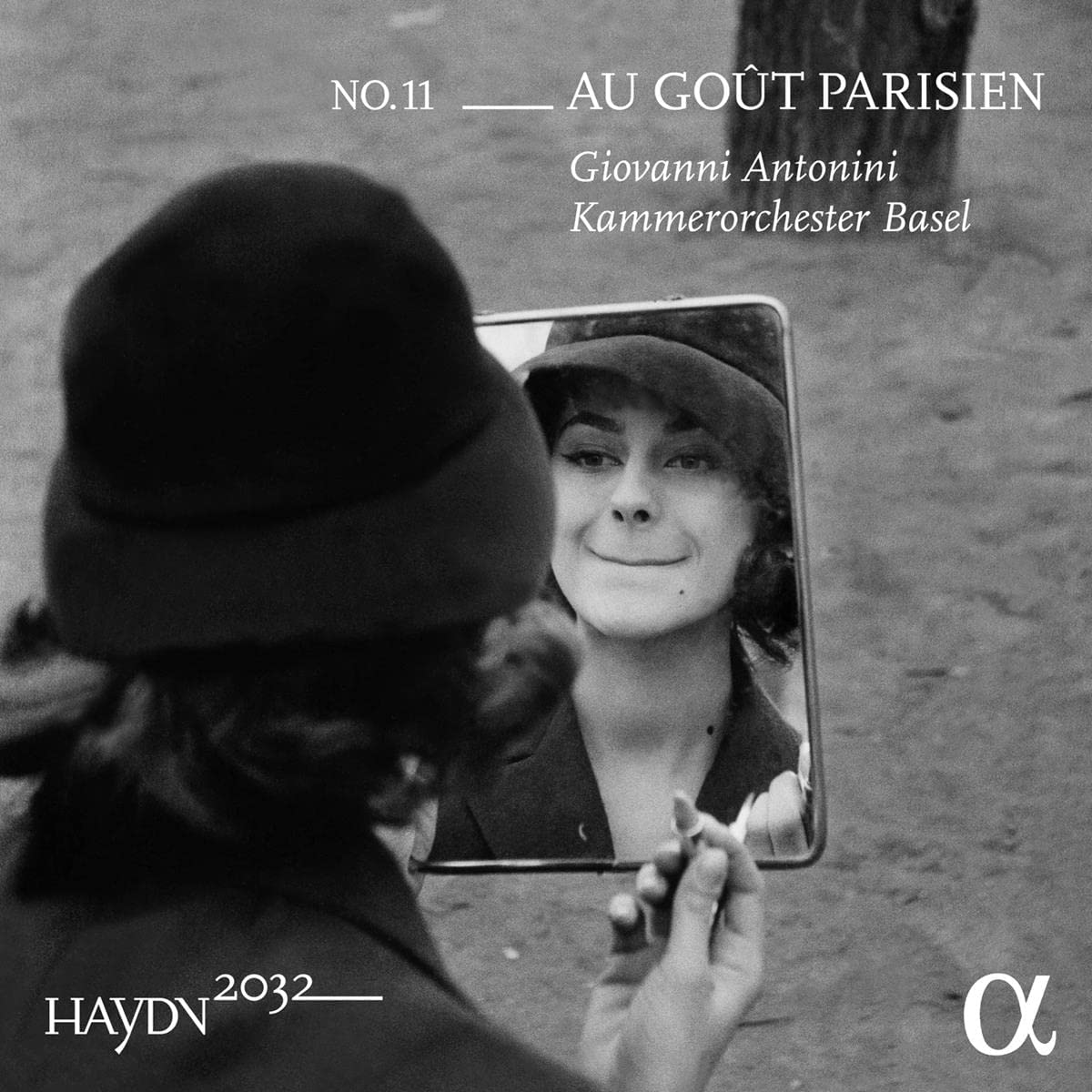Haydn 2032, vol. 11
Kamerorchester Basel, Giovanni Antonini
80:27
Alpha Classics Alpha 688
Click HERE to buy this on amazon.co.uk
[This is you ONLY means of supporting us – and, of course, the musicians! Sponsored links like this keep the site free to access, although it actually costs us money to run…]
One of the greatest pleasures of my current reviewing activities is the arrival of a new CD in Alpha’s Haydn 2032 series. In this cycle, Giovanni Antonini is leading either his own Il Giardino Armonico or the Kammerorchester Basel through an intégrale of the composer’s symphonies scheduled for completion in time for the 300th anniversary of his death in 2032. The performances to date have been notable for the happy alternation of dynamic energy and subtly delicate colouring Antonini brings to the works, qualities enhanced by the conductor’s unusually acute ear for orchestral balance.
Not unexpectedly these features are again to the fore in the latest issue. Unlike most of the previously issued recordings that also either introduced works by Haydn’s contemporaries or non-symphonic works by the composer, this concerns itself solely with four of his symphonies composed over a period of some twenty years. The title given to the disc requires little explanation as to the inclusion of Symphonies 82 in C, ‘L’Ours’ [the Bear] and 87 in A since they are respectively the first and last of the set Haydn composed in 1785 and 1786 as the result of a commission from the Concert de la Loge Olympique in Paris, at the time one of the oldest and most esteemed concert giving organisations in Europe. The inclusion of Symphonies 2 in C and 24 in D as being in the ‘Parisien taste’ is not so obvious, but explained by the fact that the first was the first Haydn symphony to be printed in Paris, while anecdotal evidence suggests that the D-major was almost certainly the first to be performed at the Concert de la Loge (in 1773).
The orchestra of Concert de la Loge was far larger than any for which Haydn had previously written, boasting some 40 violins and ten double basses. So it is hardly surprising he kicked off the sextet of symphonies for the organisation with one of his grandest ceremonial C-major symphonies, a work sadly compromised by the inappropriate nickname given it in the 19th century. That may also account for the choice of modern-instrument Kammerorchester Basel for this issue, since although not as well-proportioned as the forces listed above it here boasts a handsomely-sized string section that, as usual, plays for Antonini with minimum vibrato. The opening of the Vivace, replete with thundering timpani and blazing brass, has an electrifying, visceral excitement that barely lets up throughout the movement, while in the finale the heavy drone dance that inspired the work’s nickname is played with such unbuttoned, bucolic fervour as to put the sedate reputation of the Swiss at risk. By contrast, the dance-like rhythms of the subject of the variations that form the Allegretto second movement are given the lightest of textures, while the Menuet has a trio that is one of several passages that allow the outstanding wind players of the Basel orchestra to shine.
The A-Major Symphony is more modestly scored without trumpets and drums, its opening Vivace articulated with a pointed rhythmic verve that brings to mind the opera house, its secondary idea another passage of the finest filigree texture. The following Adagio is one of the rare places where I differ from Antonini’s idea of tempo, being taken excessively slowly, but it is impossible to deny the beauty of the solo oboe’s love song or indeed the translucent concertante writing for the Harmoniemusik. The finale is a superb movement, again bristling with good-humoured vitality but allowing for momentary darker thoughts in the contrapuntal development.
The two symphonies from the early 1760s are much slighter, no. 2 having only three brief movements and being reminiscent of mid-century Italian opera overtures of composers such as Jommelli. The D-Major is primarily notable for its beguiling Adagio, a cantabile movement that is in effect a long-breathed love song for flute, here played with affectionate sensitivity. In sum, this is a splendid addition to a cycle distinguished above all by its vivid, life-enhancing spontaneity.
Brian Robins

One reply on “Au goût Parisien”
I still fondly remember Roy Goodman and the Hanover Band’s recording of Symphony 82 in C, ‘L’Ours’ [the Bear] on Hyperion.